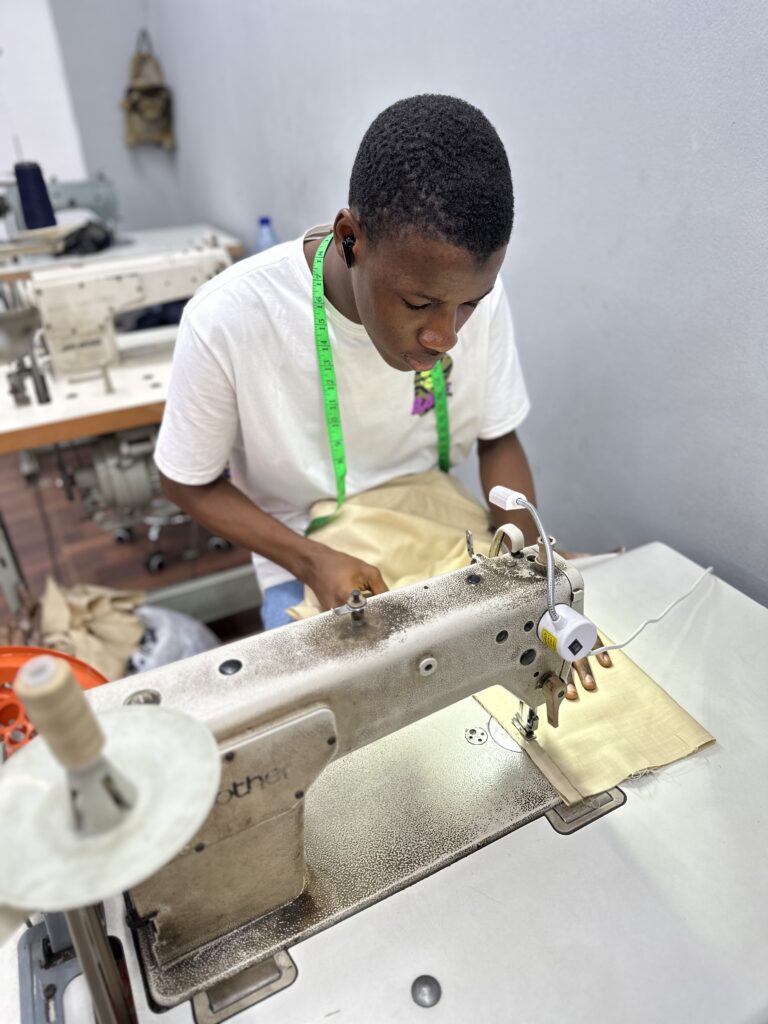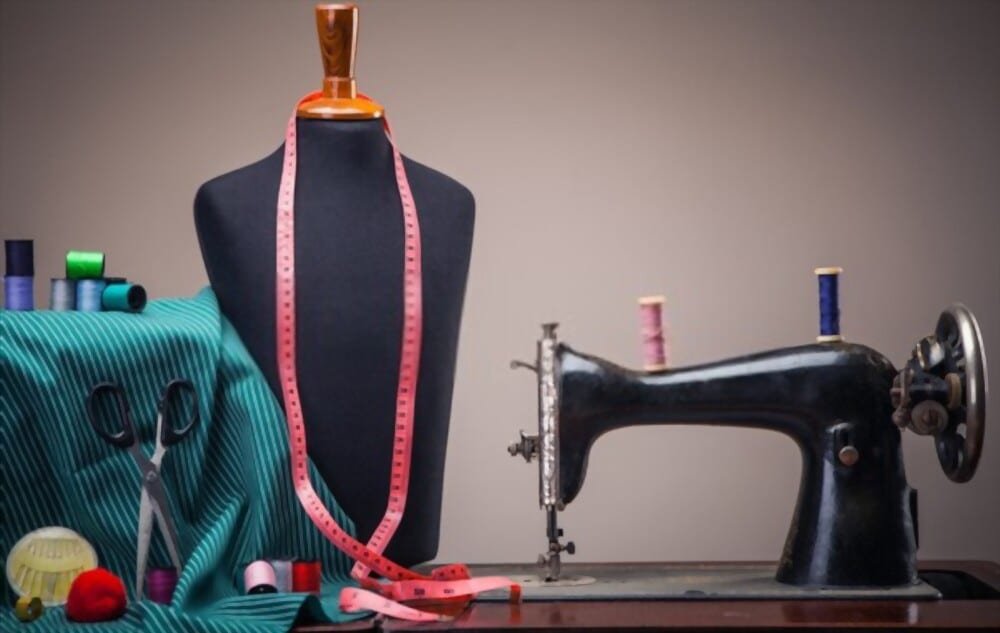Top Tailor Perth Services: Tailoring Solutions for Perfect Fits
Top Tailor Perth Services: Tailoring Solutions for Perfect Fits
Blog Article
Recognizing the Tailoring Process: From Material Choice to Last Suitable for the Ideal Closet
The tailoring process is a complex interaction of art and science, beginning with the vital decision of textile choice and culminating in the specific changes of last fittings. Each textile kind brings special qualities that influence not only the visual appeal however also the garment's durability and viability for numerous celebrations. Recognizing the nuances of tailoring methods can boost one's wardrobe to extraordinary levels of refinement. As we check out these elements better, one must think about just how even the tiniest information can substantially influence the overall end result of one's personal style.
Importance of Material Option
Choosing the best material is important in the customizing process, as it straight affects the comfort, durability, and general aesthetic of the last garment (tailor perth). The selection of material sets the structure for the garment's efficiency, functionality, and style. Different fabrics have distinct buildings, such as breathability, stretch, and weight, which can considerably impact how the garment drapes and fits the body
Additionally, material option influences the garment's longevity and ease of treatment. Premium materials can hold up against deterioration, preserving their look and framework in time, while lower-quality products might cause pilling or fading. In addition, the ideal fabric adds to the garment's capability to change across celebrations and periods, thereby enhancing convenience.
A customized item made from a proper textile not only showcases workmanship yet likewise boosts the wearer's confidence. Subsequently, recognizing the nuances of fabric choice is paramount for any customizing venture. It guarantees that the end product not just meets the aesthetic desires of the client however also aligns with practical requirements, consequently attaining a harmonious balance in between form and function in the customized closet.
Sorts Of Fabrics and Their Uses
Understanding the numerous kinds of fabrics readily available is crucial for making notified choices throughout the customizing process. Each material has distinct attributes that dictate its suitability for details garments and occasions.
Its versatility allows it to be tailored into every little thing from shirts to dresses. Its all-natural elasticity aids garments keep shape over time.
Silk emanates high-end and is light-weight, making it excellent for eveningwear and delicate blouses; however, it needs cautious handling because of its fragility. Linen, with its distinctive coating, is a preferred selection for warm environments, offering a crisp and airy feel, but it wrinkles conveniently, which may influence the garment's look.
Artificial fabrics, such as polyester and nylon, offer sturdiness and resistance to creases, making them ideal for everyday wear and active garments. Recognizing these textile types and their residential properties enables better decision-making, ensuring that each customized item not only fits well however also aligns with the desired purpose and event.
The Tailoring Methods Described
The art of customizing relies upon a variety of methods that transform material right into well-fitted garments. Central to this procedure is pattern drafting, where a dressmaker develops design templates based upon the client's measurements and wanted style. This first action guarantees that the garment will certainly fit the user correctly prior to any kind of cutting happens.
Once patterns are established, reducing methods enter into play. Accuracy is vital as mistakes can cause misfitting garments. Tailors usually utilize various reducing methods, such as single-layer cutting for complex designs and multiple-layer reducing for effectiveness on common patterns.
Basting is another essential strategy, allowing dressmakers to briefly sew textile assemble for a preliminary fitting. This technique provides the chance to examine the drape and overall shape before last sewing.
Seaming techniques, consisting of flat-felled seams and French joints, enhance the garment's sturdiness and visual allure. Tailors also employ methods such as interfacing and padding to offer framework and form to specific locations, like shoulders and collars.
Finally, finishing techniques, including hemming and edge finishing, ensure the garment's longevity while providing a polished look. Together, these techniques develop the backbone of reliable customizing, leading to splendid, custom-fit garments.
Fitting Adjustments and Considerations

Trick considerations consist of the shoulder fit, which needs to neither sag neither restrict activity, and the sleeve size, which must enable comfortable arm movement while preserving a refined appearance. Furthermore, modifications at the midsection can improve the shape, with options to let out or absorb textile as needed.
The surge of pants is an additional critical variable; it needs to sit pleasantly above the hips without triggering discomfort, permitting for convenience of motion. Hemming sizes for both pants and skirts ought to show the user's recommended design while appreciating proportions.

Keeping Your Tailored Wardrobe
Correct upkeep of customized garments is necessary to protecting their fit and appearance in time. To make sure durability, regular cleaning is critical. Constantly follow the care tag guidelines, which might recommend completely dry cleaning for fragile textiles or equipment cleaning for more durable materials. Avoid regular laundering, as this can put on down published here the fabric and modify the garment's shape.
Storage space is just as crucial; use cushioned hangers for coats and coats to maintain shoulder structure, and shop pants folded website link up neatly or hung to protect against creasing. Safeguard garments from direct sunshine, which can fade shades and damages fibers.
In addition, routine inspections for minor repair services can protect against bigger issues. Look for loose buttons, fraying joints, or signs of moth damage, dealing with these troubles quickly to preserve the garment's honesty.
Last but not least, take into consideration seasonal turning. Putting on customized pieces in small amounts enables fabrics to recoup, extending their lifespan. By applying these upkeep approaches, you can ensure that your tailored garments continue to be as beautiful as the day you initially wore them, boosting your perfect closet for many years to find.
Verdict
The customizing process, encompassing fabric choice, skilled techniques, and specific fitting modifications, plays a critical function in developing anchor garments that enhance both comfort and style. Recognizing the value of maintenance expands the life of customized garments, strengthening their value in a well-curated wardrobe.
Selecting the best fabric is important in the customizing process, as it directly affects the convenience, longevity, and overall visual of the final garment. The selection of fabric sets the foundation for the garment's design, functionality, and performance. Different fabrics have one-of-a-kind homes, such as stretch, weight, and breathability, which can considerably affect exactly how the garment drapes and fits the body.
The art of tailoring depends on a range of strategies that change textile right into well-fitted garments.The tailoring process, including textile option, competent strategies, and accurate suitable adjustments, plays a vital function in creating garments that enhance both comfort and style.
Report this page